
A solar eclipse of the sun will occur on April 8th, 2024 where it will be visible across Mexico and the United States, from Northern Mexico to Maine. The further South you go, the more visible the solar eclipse will be. The Hill Country of Texas and the Mexican states of Sinaloa, Coahuila, and Durango are the areas that offer the most visibility, but you can still catch the solar eclipse from cities in Texas, Arkansas, Missouri, Indianapolis, Ohio, and New York.
Cities in areas outside of the solar eclipse’s path of totality will still be able to see a percentage of it, from 17 to 63 percent. For example, Southern Californians will see a partial solar eclipse of up to 57% the farther south they are. You can check how much of the solar eclipse you’ll be able to witness on the National Eclipse website.
Whether you catch a total or partial solar eclipse, always ensure safety first - never look directly at the sun! Make sure to follow established guidance for the safest and best eclipse watching. Alternatively, you can tune into live coverage of the solar eclipse on platforms like Hulu and Disney+, or cable channels like ABC, NBC, and CNN.
Solar eclipses are among the most fascinating celestial events surrounded by enormous mystique. For thousands of years, civilizations across the world have interpreted solar eclipses in their own unique ways and integrated them into their religions, culture, and agricultural practices, so it’s no wonder they’re surrounded by myths and mystique. Not to mention solar eclipses also inspire scientific wonder and spirituality.
So what makes solar eclipses so fascinating? We explore.
Total solar eclipses have inspired fear
 Photo by Jongsun Lee on Unsplash
Photo by Jongsun Lee on UnsplashIn ancient times, a total solar eclipse was quite a scary thing to witness and there were many superstitions around it. Many cultures interpreted total solar eclipses as a sign of doom. Some even believed that they represented battles between celestial beings. From the Chippewa tribes shooting flaming arrows to the heavens to ward off disaster to Norse myths about Loki's antics causing eclipses, fear was the most common reaction to total solar eclipses.
Solar eclipses also had romantic interpretations
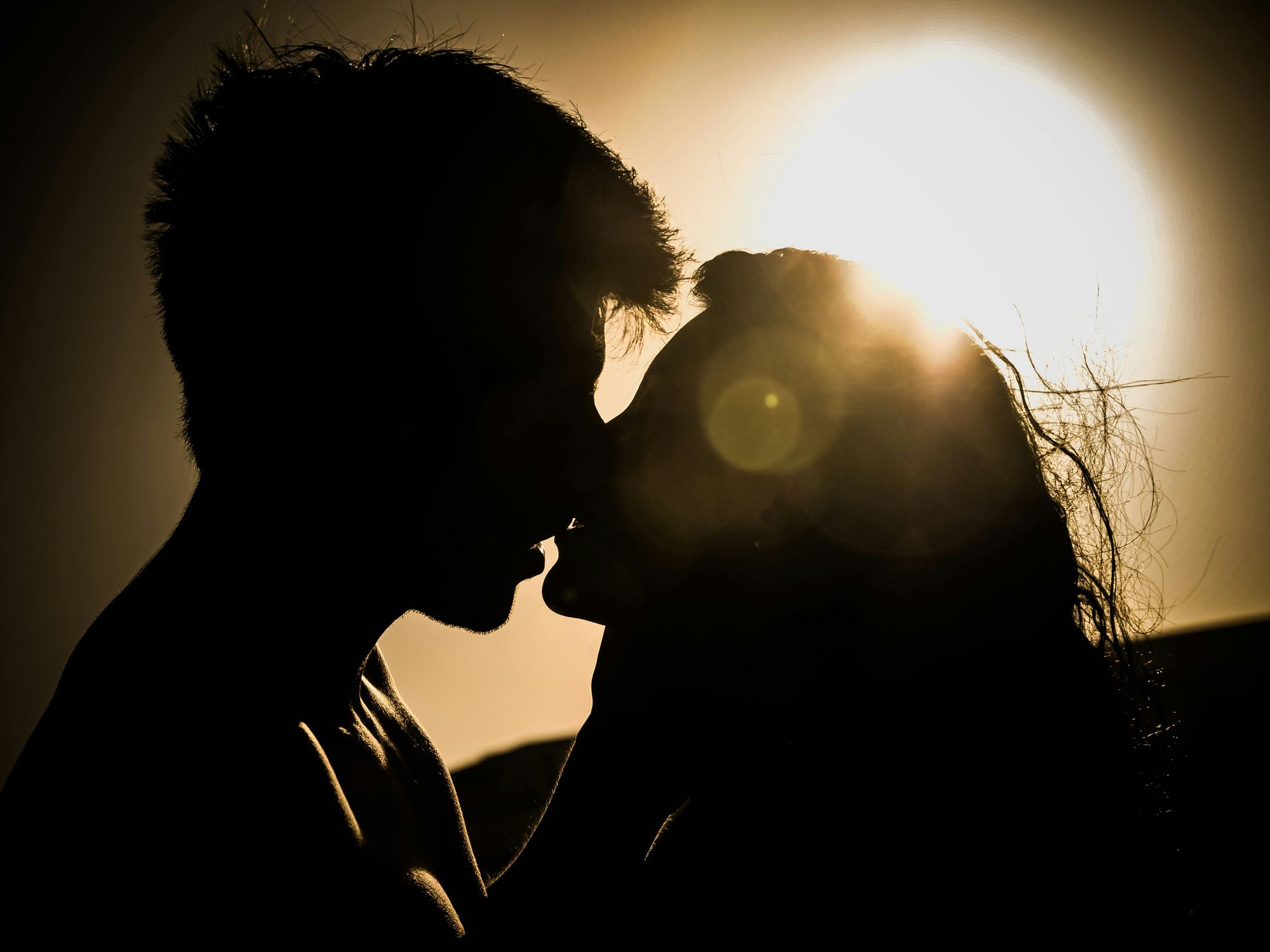 Photo by Alejandra Quiroz on Unsplash
Photo by Alejandra Quiroz on UnsplashAt the other end of the spectrum, some cultures weren’t afraid of solar eclipses but actually had romantic interpretations of them. For example, in Australian Aboriginal mythology, the Sun and Moon represented lovers, so a solar eclipse meant that they were coming together. German and Tahitian myths also interpreted solar eclipses as moments of intimacy between celestial partners. That’s much better than the doom and gloom take, in our humble opinion.
Solar eclipses follow predictable cycles
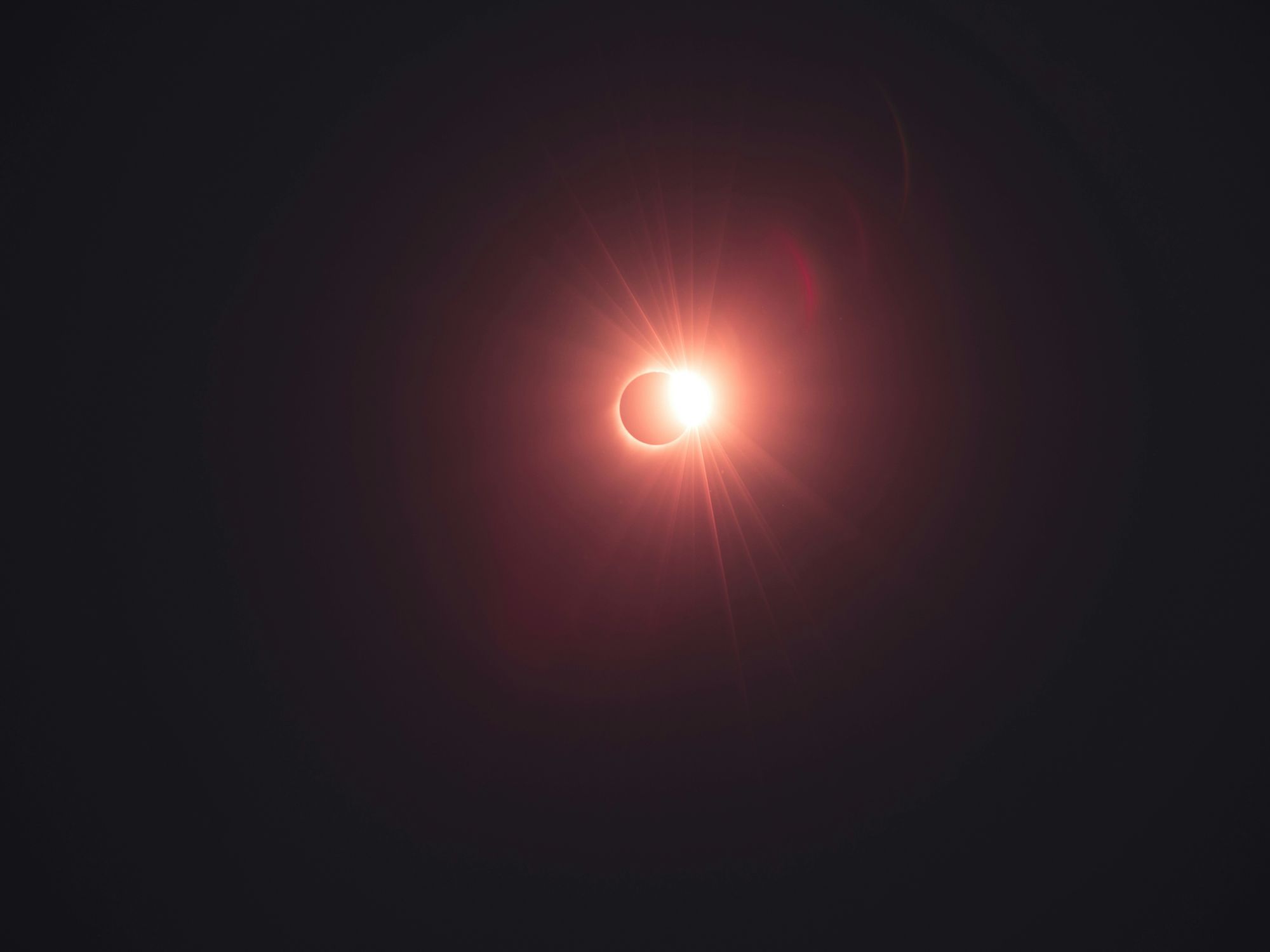 Photo by Andrew Preble on Unsplash
Photo by Andrew Preble on UnsplashAs it turns out, eclipses can be quite predictable. Every 18 months or so, the Moon will get in the way of the Sun somewhere on Earth. Partial eclipses are the most common, where the Moon only covers a part of the Sun, and we get at least 2 of them per year. Total solar eclipses are the most rare, but they still happen every 2 or 3 years somewhere on Earth. Whether we can observe them or not depends on the location, and most of them happen in remote areas, often over the ocean.
There are different types of solar eclipses
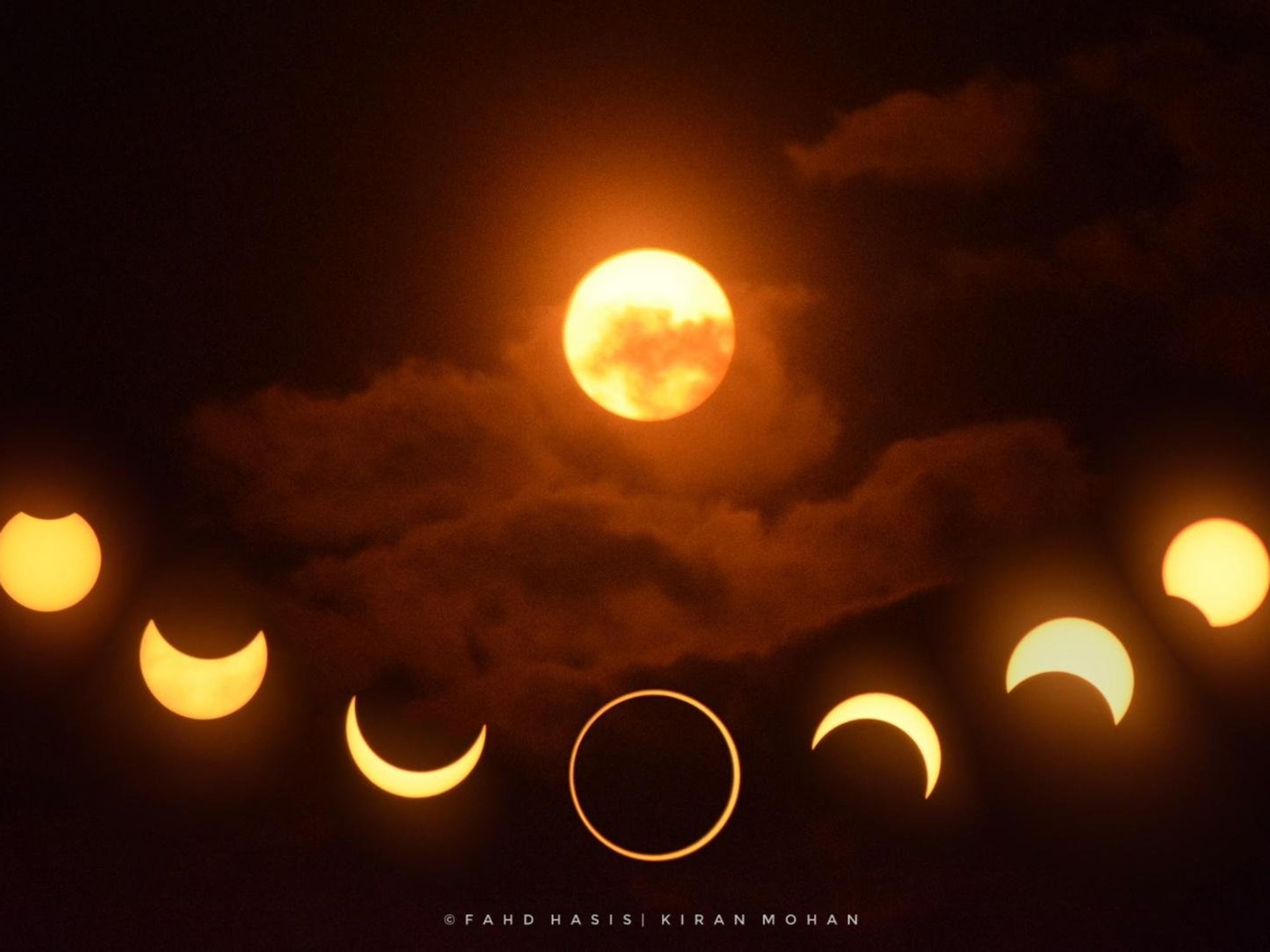
Photo by Fahd Hasis on Wikimedia Commons
Yes, that’s right! There are four types of solar eclipses: total, partial, annular, and hybrid. What makes each of them different is the way the Sun, Moon, and Earth align, though it also depends on the location from where you’re watching. Whatever type of solar eclipse you happen to witness, it will be a unique experience that doesn’t happen very often.
The duration of solar eclipses varies a lot
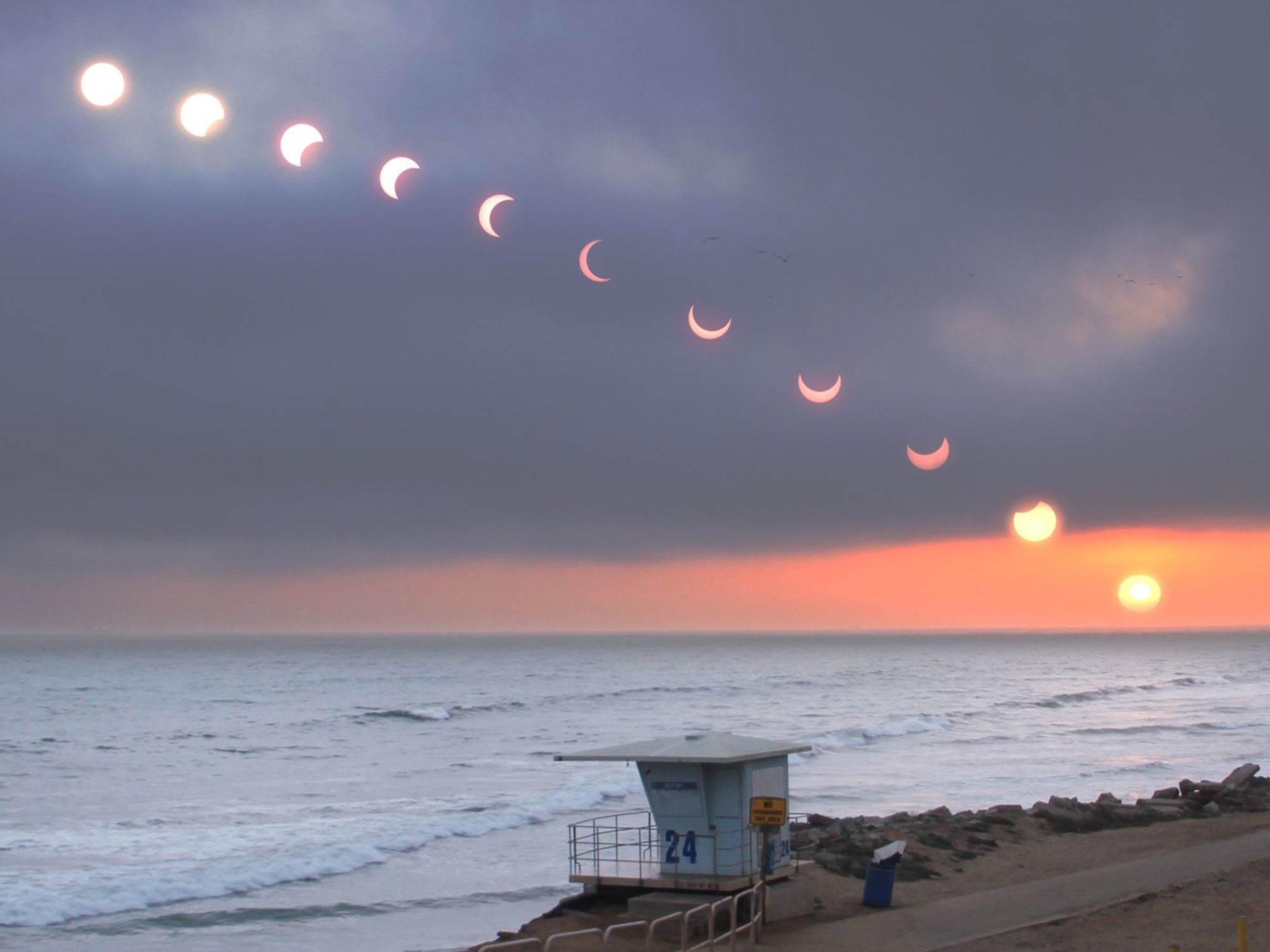
Solar eclipses may be predictable, but it’s very difficult to tell how long they will last. A total solar eclipse usually lasts a few minutes, but in some rare cases, they’ve lasted 7 minutes or more. What’s certain is that even if a solar eclipse only lasts a few seconds, watching its effect and the kind of eerie spectacle that it offers is unforgettable and awe-inspiring.
Solar eclipses have been important throughout history
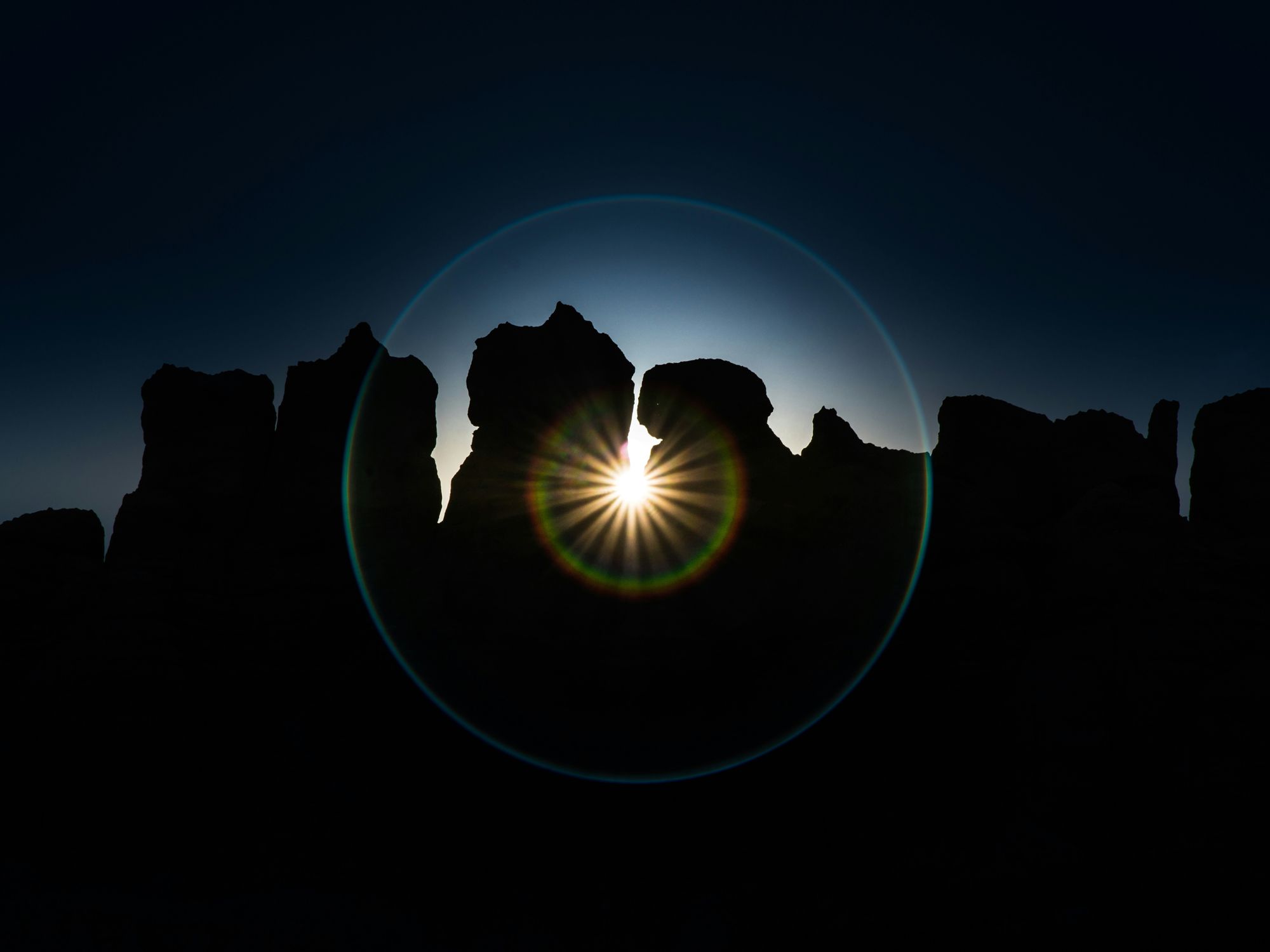 Photo by Patrick Hendry on Unsplash
Photo by Patrick Hendry on UnsplashA surprising thing about solar eclipses is that they’ve left quite a mark on history. Why? Because they’ve altered certain events in unexpected ways. For example, the ancient Battle of Halys, which is known as the Battle of the Eclipse, was actually interrupted by a sudden solar eclipse in 585 BCE. Eclipses have been shaping history in very interesting ways, so it’s fun to look back and see how they’ve led to certain outcomes.
Solar eclipses offer valuable scientific insights
 Photo by Jaredd Craig on Unsplash
Photo by Jaredd Craig on UnsplashSolar eclipses not only have cultural significance, they’re also invaluable in the scientific community. For example, solar eclipses have helped researchers observe the outer atmosphere of the Sun, which has helped to expand our understanding of solar physics. Solar eclipses offer amazing opportunities to uncover more knowledge, so they’re exciting events for scientists studying the nature of space.
Solar eclipses offer moments for introspection
 Photo by freestocks on Unsplash
Photo by freestocks on UnsplashIf you’re into astrology and spiritual wellness, solar eclipses are important moments to look out for. They’re considered to be times of intense energy, making them great moments for introspection and release. They’re also interpreted as times of profound change and transformation, so if you’ve been carrying something for a while, solar eclipses are an invitation to relax, let go, and embrace the new.
They’re ripe for personal reflection
 Photo by Sage Friedman on Unsplash
Photo by Sage Friedman on UnsplashWhether you go all out and watch solar eclipses through a telescope or just watch from your balcony, the moment is perfect for personal reflection and meditation. Solar eclipses can have quite a contemplative effect, so they can be deeply spiritual experiences. They invite us to pause and reflect on our place in the universe, and we can find a lot of meaning in that. Especially in times when we feel disconnected from everything.
Solar eclipses can affect animals
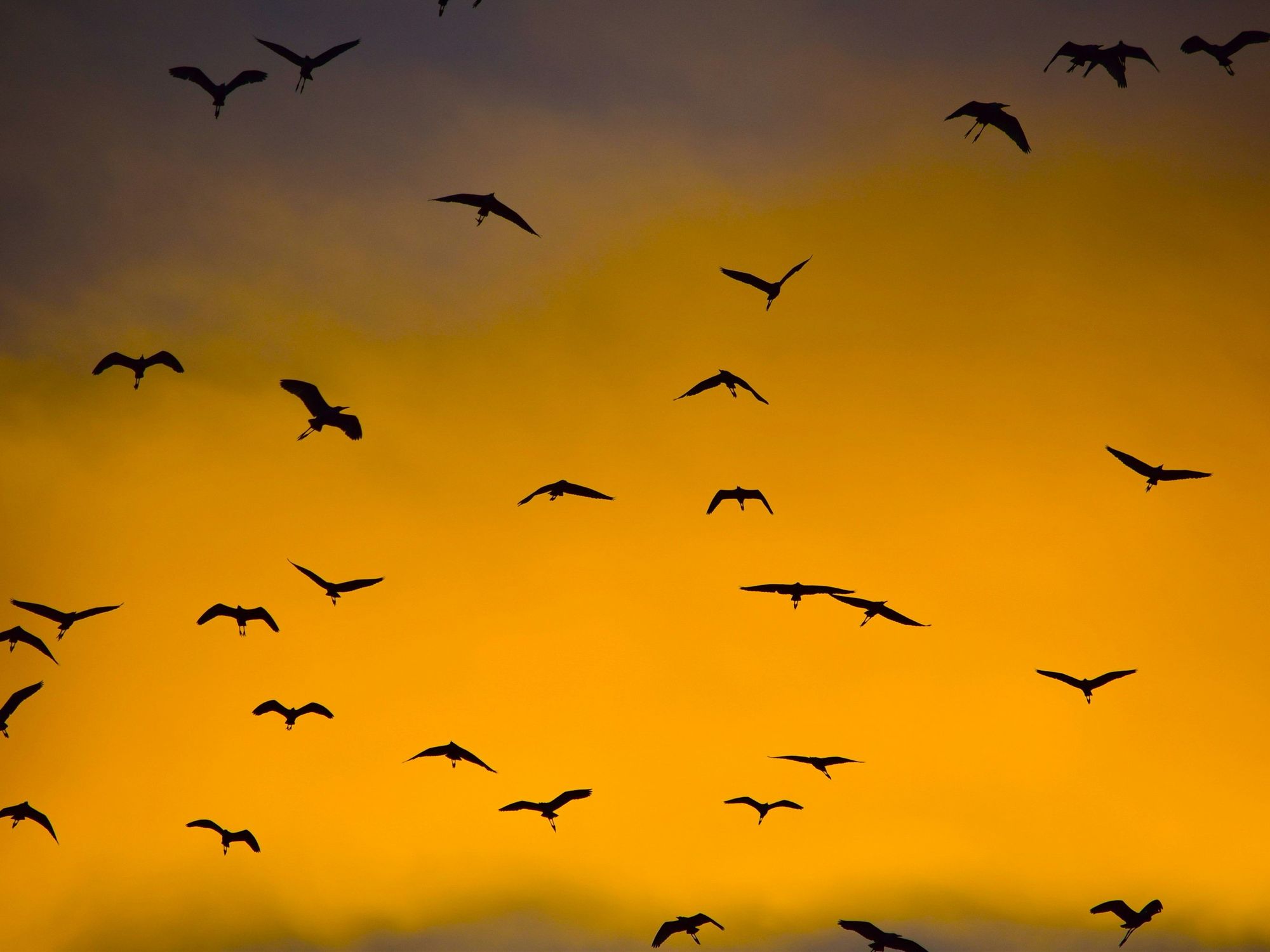 Photo by Lindz Marsh on Unsplash
Photo by Lindz Marsh on UnsplashIf you have pets, you should keep an eye on them during a solar eclipse because it can cause some animals to be confused. This effect can be easily observed in birds. They will stop singing or tuck themselves away to sleep because they think it’s nighttime, and this can also happen with certain mammals! It’s nothing to worry about, just don’t be surprised if your pets start acting like it’s bedtime during a solar eclipse.
- Latinos and Extraterrestrial Life: A Cosmic Connection? ›
- American Tourists Block Locals in Mexico from Eclipse Watch - Luz Media ›
- 2025 Lunar New Year: What the Wood Snake Means for You - Luz Media ›




